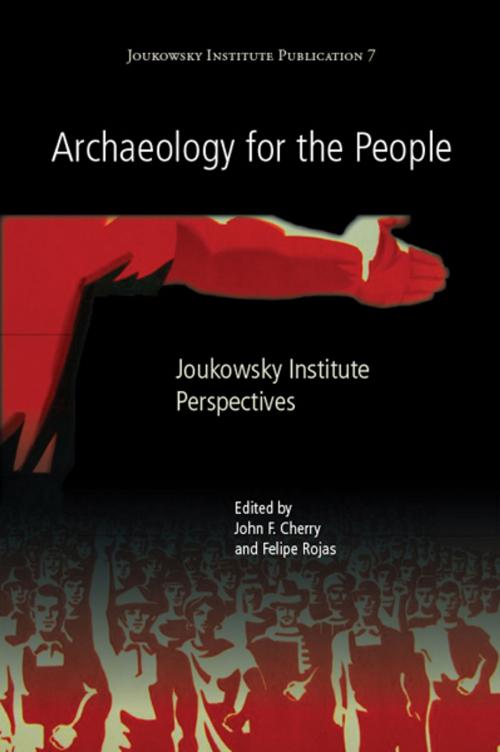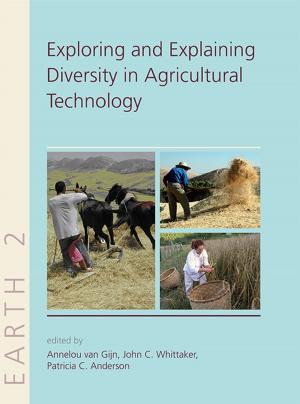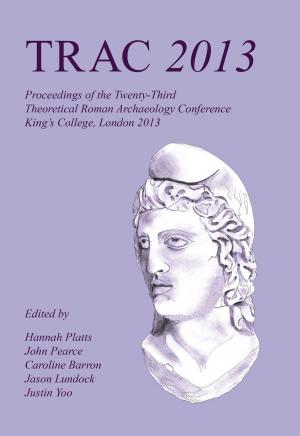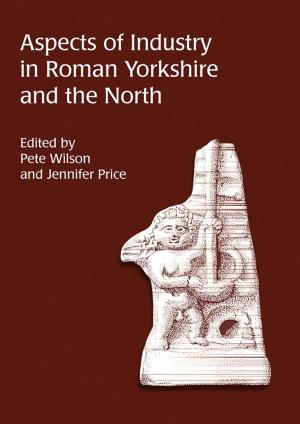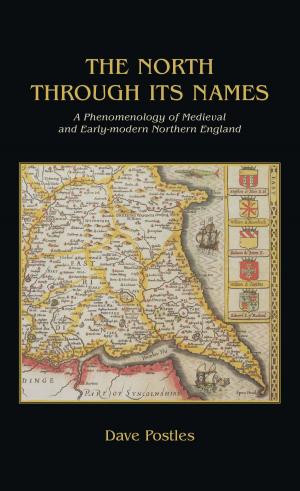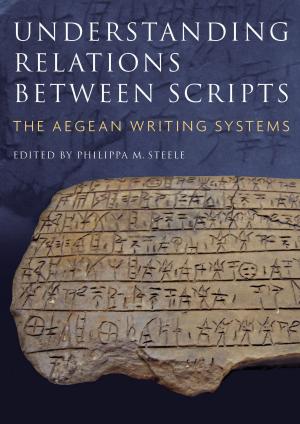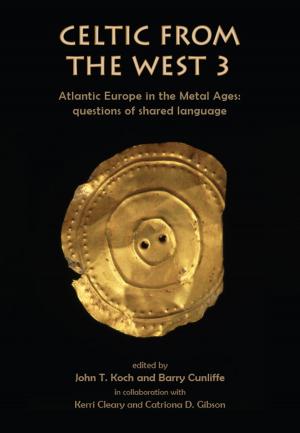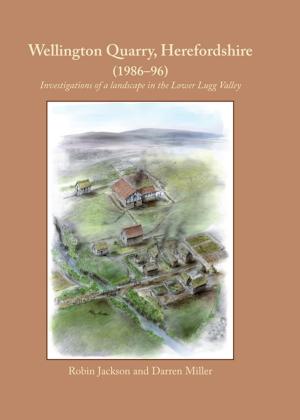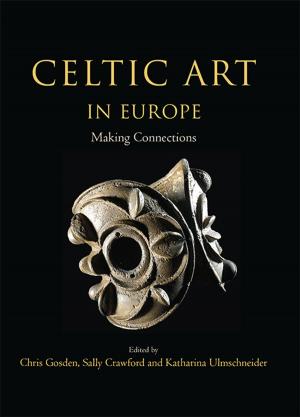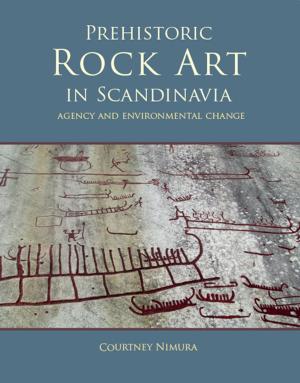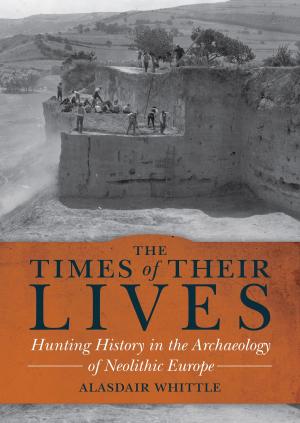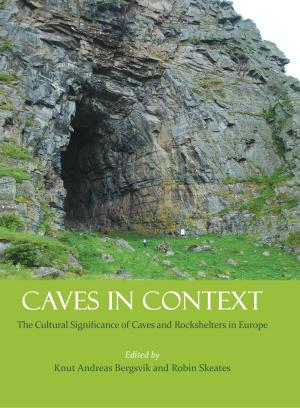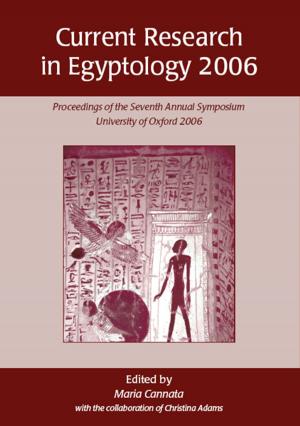Archaeology for the People
Joukowsky Institute Perspectives
Nonfiction, Social & Cultural Studies, Social Science, Archaeology, History| Author: | John Cherry, Felipe Rojas | ISBN: | 9781785701085 |
| Publisher: | Oxbow Books | Publication: | February 29, 2016 |
| Imprint: | Oxbow Books | Language: | English |
| Author: | John Cherry, Felipe Rojas |
| ISBN: | 9781785701085 |
| Publisher: | Oxbow Books |
| Publication: | February 29, 2016 |
| Imprint: | Oxbow Books |
| Language: | English |
In 2014, the Joukowsky Institute for Archaeology and the Ancient World organized an international writing competition calling for accessible and engaging essays about any aspect of archaeology. Nearly 150 submissions from over two dozen countries were received. Archaeology for the People gathers the best of those entries. Their diverse topics—from the destruction of historic, urban gardens in contemporary Istanbul to the fall of the ancient Maya city— offer a taste of the global reach and relevance of archaeology. Their main common trait, however, is that they prove that archaeology can offer much more to a general audience than Indiana Jones or aliens building pyramids. All of the articles collected in this book combine sophisticated analysis of an exciting archeological problem with prose geared at a non-specialized audience. This book also offers a series of reflections on how and why to engage in dialogues about archaeology with people who are not specialists. These include a stunning photo-essay that captures the challenges of life at an archaeological site in northern Sudan, interviews with a number of leading archaeologists who have successfully written about archaeology for a broad public or who are actively engaged in practicing archaeology beyond academia, and a discussion of the experience of teaching a Massive Open Online Course (MOOC) about archaeology to over 40,000 students. This book should be of interest to anyone who has wondered how and why to write about archaeology for people other than archaeologists.
In 2014, the Joukowsky Institute for Archaeology and the Ancient World organized an international writing competition calling for accessible and engaging essays about any aspect of archaeology. Nearly 150 submissions from over two dozen countries were received. Archaeology for the People gathers the best of those entries. Their diverse topics—from the destruction of historic, urban gardens in contemporary Istanbul to the fall of the ancient Maya city— offer a taste of the global reach and relevance of archaeology. Their main common trait, however, is that they prove that archaeology can offer much more to a general audience than Indiana Jones or aliens building pyramids. All of the articles collected in this book combine sophisticated analysis of an exciting archeological problem with prose geared at a non-specialized audience. This book also offers a series of reflections on how and why to engage in dialogues about archaeology with people who are not specialists. These include a stunning photo-essay that captures the challenges of life at an archaeological site in northern Sudan, interviews with a number of leading archaeologists who have successfully written about archaeology for a broad public or who are actively engaged in practicing archaeology beyond academia, and a discussion of the experience of teaching a Massive Open Online Course (MOOC) about archaeology to over 40,000 students. This book should be of interest to anyone who has wondered how and why to write about archaeology for people other than archaeologists.
